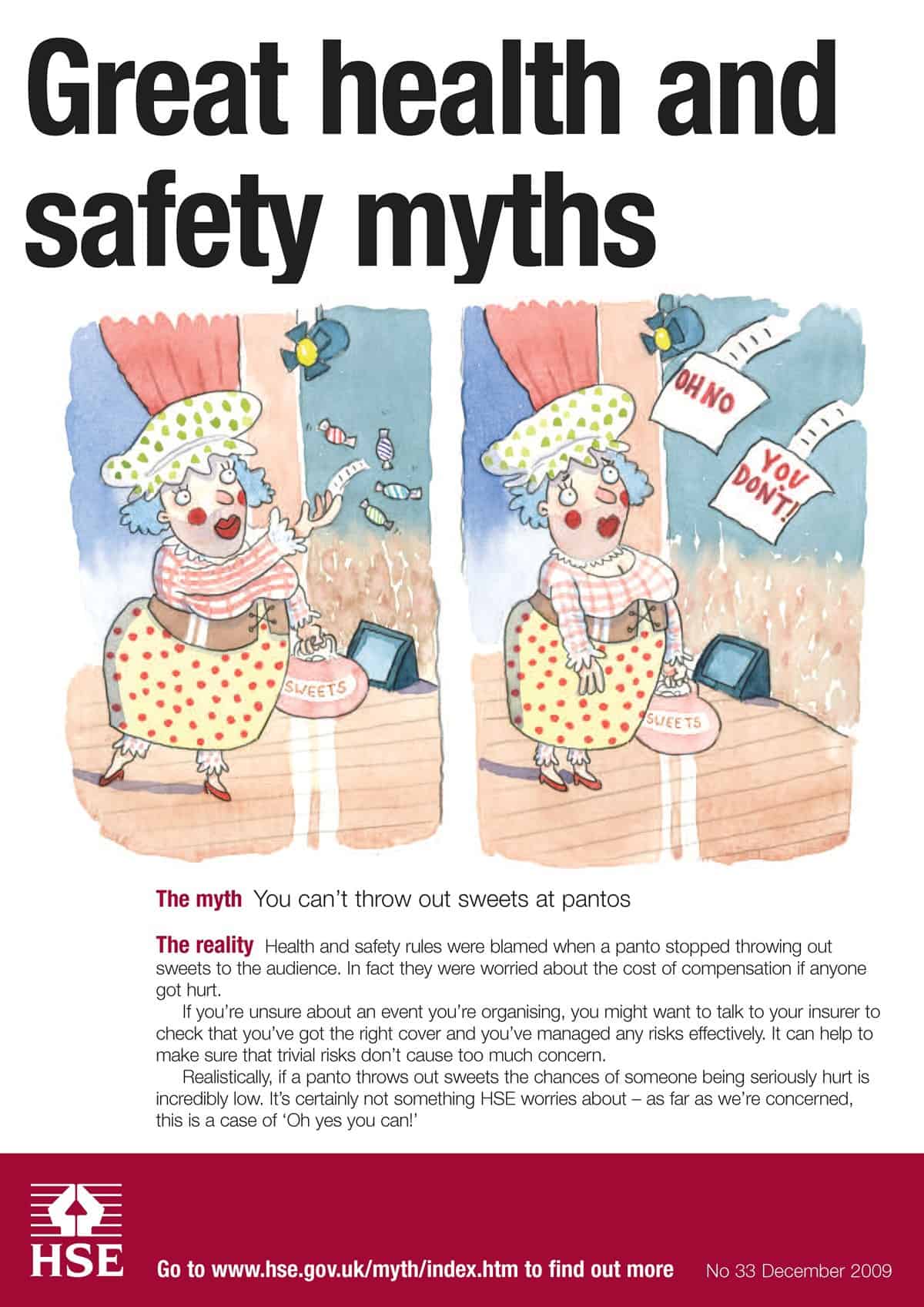It was good to hear the President of the Safety Institute of Australia (SIA), Barry Silburn on the radio on 7 December 2009. The SIA has traditionally been very hesitant about going public on safety issues but clearly the potential disappearance of the School of Risk & Safety Science from the University of New South Wales is important to the SIA.
The closure of this school seems absurd, particularly, when the fact of its profitability is shown.
The university’s decision appears wrong and, from the evidence of the radio interview, it seems that the decision has occurred recently. Dropping a school, regardless of the prominence claimed by the SIA, which has a problem with prominence of its own, is a harsh decision if there has not already been a consultative process or a strategic program for improvement and increased relevance.
It is not as if the school does not have access to top talent. Names familiar to Australian OHS professionals, researchers and regulators include
In the University of New South Wales’ Australian School of Business, there are several other prominent OHS academics. Most familiar to SafetyAtWorkBlog are
Barry Silburn (a video of Barry Silburn talking about the SIA is available online) accuses the University of New South Wales of sacrificing the safety profession for short-term gain:
“They’re not looking at the overall picture of OHS within Australia they’re looking at very short-term money considerations on their courses that they’re conducting within the university”.
This seems an odd accusation when compared with the fact that the school has made a profit two years running.
It seems to SafetyAtWorkBlog that the limitations of the University’s review are clear in the statement of Deputy Vice Chancellor, Richard Henry:
We had an external review of the Faculty of Science by a committee of internationally respected scientists and their recommendations to the university were that the Faculty of Science should concentrate on its strengths; areas such as maths, physics, chemistry, psychology, biology.
The university wants to focus on pure science rather than applied science after a review undertaken by “a committee of internationally respected scientists”. HMMMM?
OHS academics are often less dependent on government funding than other schools and departments because the skills and knowledge can be more readily applied in a practical way and they live closer to the economic realities of business and workplace safety.
Silburn’s accusations of greed are too narrow. The safety profession can continue without the School of Risk & Safety Science. There are many sources of OHS graduates still in Australia and, from the activity of the University of Queensland, these opportunities are increasing.
It seems that the university may have been too narrow in its selection of the review panel for the Faculty of Science. But if we take the panel’s recommendations seriously, Richard Henry does not see the School of Risk & Safety Sciences as fitting in the Faculty of Science. Surely it could fit in the university’s School of Organisation and Management. Going from this School’s profile in the website:
“The School of Organisation and Management is a multi-disciplinary unit comprising 32 full-time academics. Our mission in the School of Organisation and Management (O&M) is to conduct high quality applied research and to prepare students for employment in diverse organisational settings. Our main areas of research and teaching include: Organisational Behaviour, International Business, Human Resource Management, Industrial Relations, and social and psychological aspects of Management.”
Anne Wyatt researches the psychosocial issue of workplace bullying. Chris Winder researches occupational toxicology and his most recent academic paper is “Managing hazards in the workplace using organisational safety management systems: A safe place, safe person, safe systems approach.”
If the University of New South Wales cannot see the continuing relevance of its profitable School of Risk & Safety Science, it should perhaps get examined at its own School of Optometry and Vision Science.



